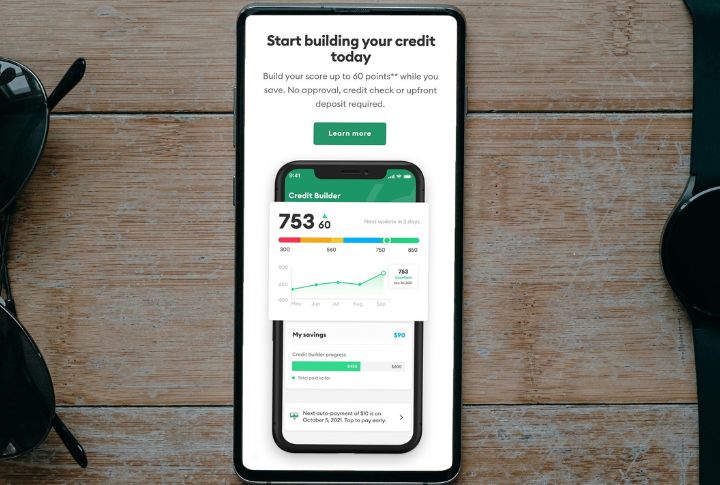
You’ve got your sights on a rental property. Great! Now it’s time to figure out how to pay for it. Investment property loans work a little differently, and knowing the basics could save you thousands. This article keeps things clear and friendly, so you can borrow better and stress less.
What Are Investment Property Loans

Lenders tend to raise the bar when you’re not living in the home yourself. Investment property loans carry higher rates and tighter rules because the risk is greater. After all, these loans are designed for money-making properties like rentals, not for personal residences.
Types Of Loans Available To Property Investors

Every property plan has a fitting loan, so picking the right one matters. Bridge loans help when buying before selling. Portfolio loans—kept by lenders—offer flexible terms for multiple properties. But loans from the Federal Housing Administration and Department of Veterans Affairs require residency, which makes them better for rental investments.
Interest Rate Structures Used In Property Loans

How your rate behaves directly impacts your wallet, so it’s wise to know your options. Fixed rates offer steady payments, and variable ones shift depending on market trends. A split loan combines the two, so choosing carefully helps you manage how much interest you’ll pay over time.
Repayment Options For Investment Loans

Some lenders let you match payments to your rental income, which helps smooth things out month-to-month. Additionally, choosing between interest-only and principal-plus-interest options affects both your equity and your debt. In the end, how you repay shapes your refinancing possibilities and your overall cash flow picture.
What Lenders Require From New Investors

Before handing over any loan, lenders expect you to prove you’re financially solid. That means showing tax returns and any rental income. They also want a credit score above 680, a down payment between 15% and 25%, and a debt-to-income ratio that stays below 45%.
How Borrowing Capacity Is Calculated

To determine your borrowing capacity, lenders use tools like the Loan Serviceability Ratio (LSR) and Debt Service Coverage Ratio (DSCR). These compare your income—including rent—to your expenses and repayments. A higher rental yield helps, but lenders also check your debts and property costs.
Loan Features That Improve Cash Flow

Saving money on interest feels great, and some loan features help you do just that. Offset accounts link your savings to your loan, lowering interest, while Redraw facilities let you take back extra payments when needed. However, not every lender offers both, so check the details.
Costs And Risks That Affect Loan Performance

Owning property comes with surprises, and some costs more than expected. Repairs and insurance all add up. If your place stays empty, rental income drops. And when money’s tight, it’s harder to cover loan payments. These risks affect both profit and loan performance.
How Refinancing Works For Investment Loans

If your current loan isn’t working for you, refinancing could help. It starts with a new property value check and loan approval. Though there are fees, the payoff might be lower interest or cash for your next deal. It’s, however, a strategic money move.
How Equity Is Used To Grow A Property Portfolio

As your property’s value rises and your loan balance shrinks, you build equity. That equity can be tapped through refinancing or special loan products. It’s also often used as a deposit on another property. Still, lenders watch total exposure and how your properties perform.
